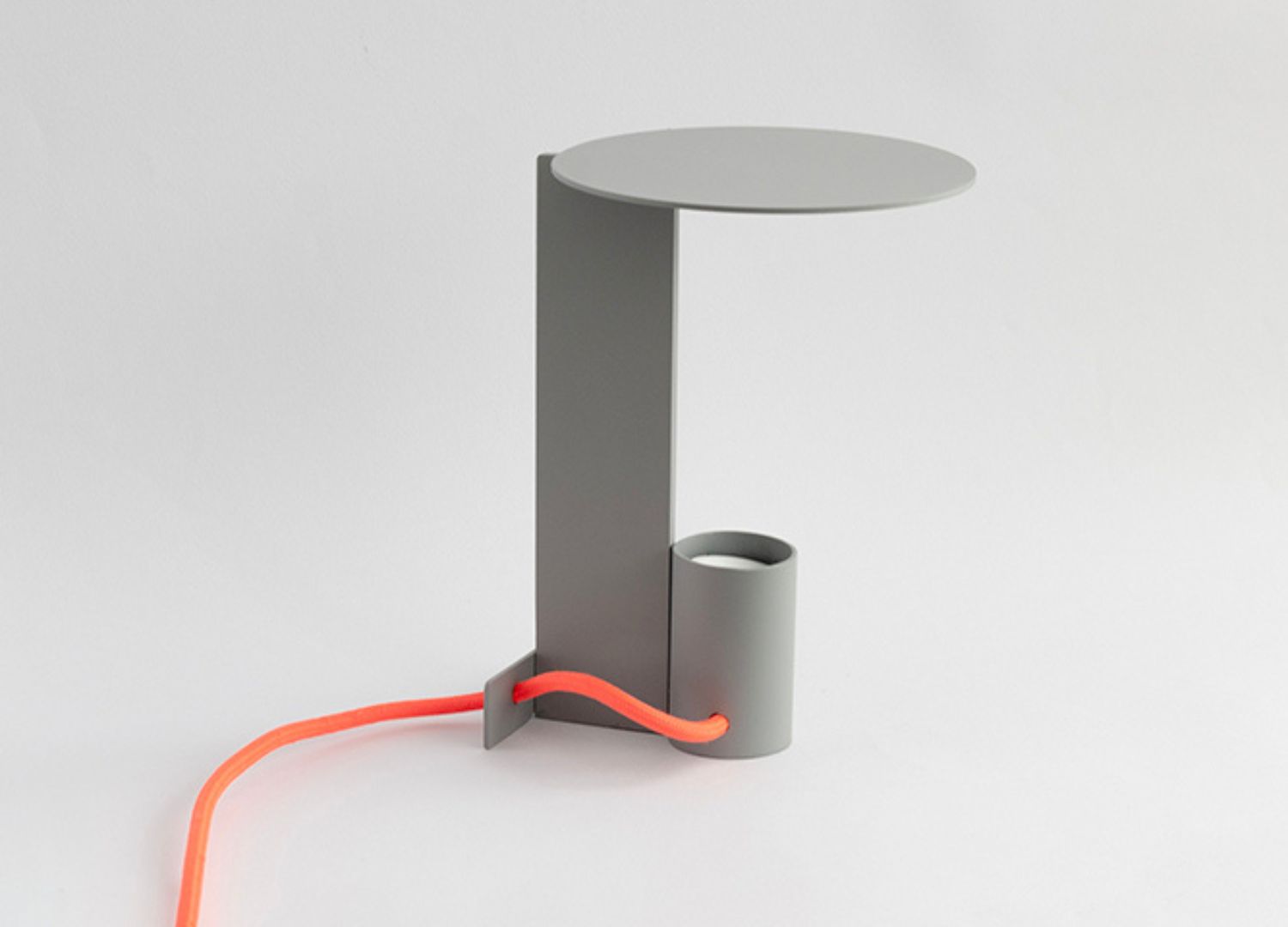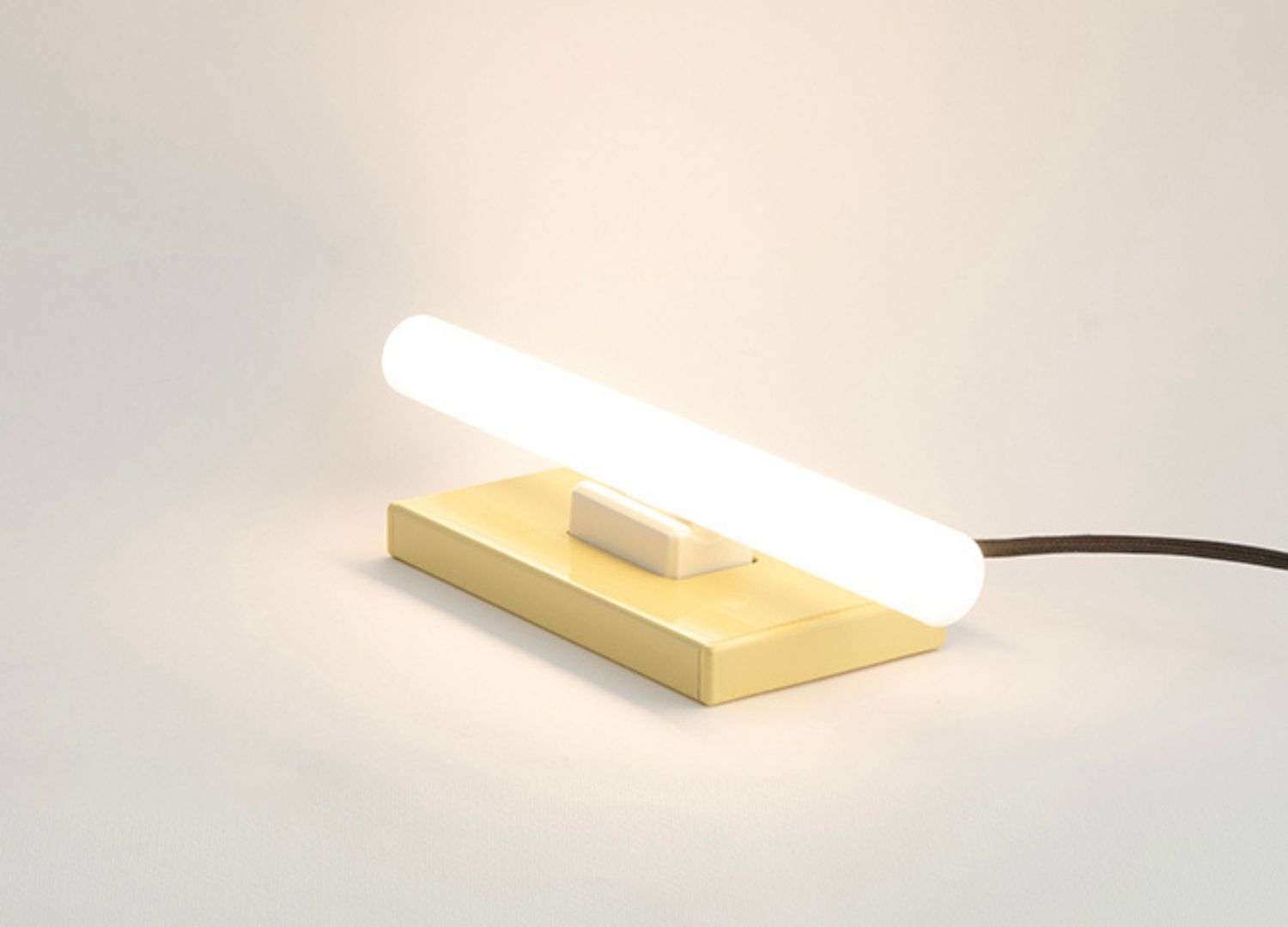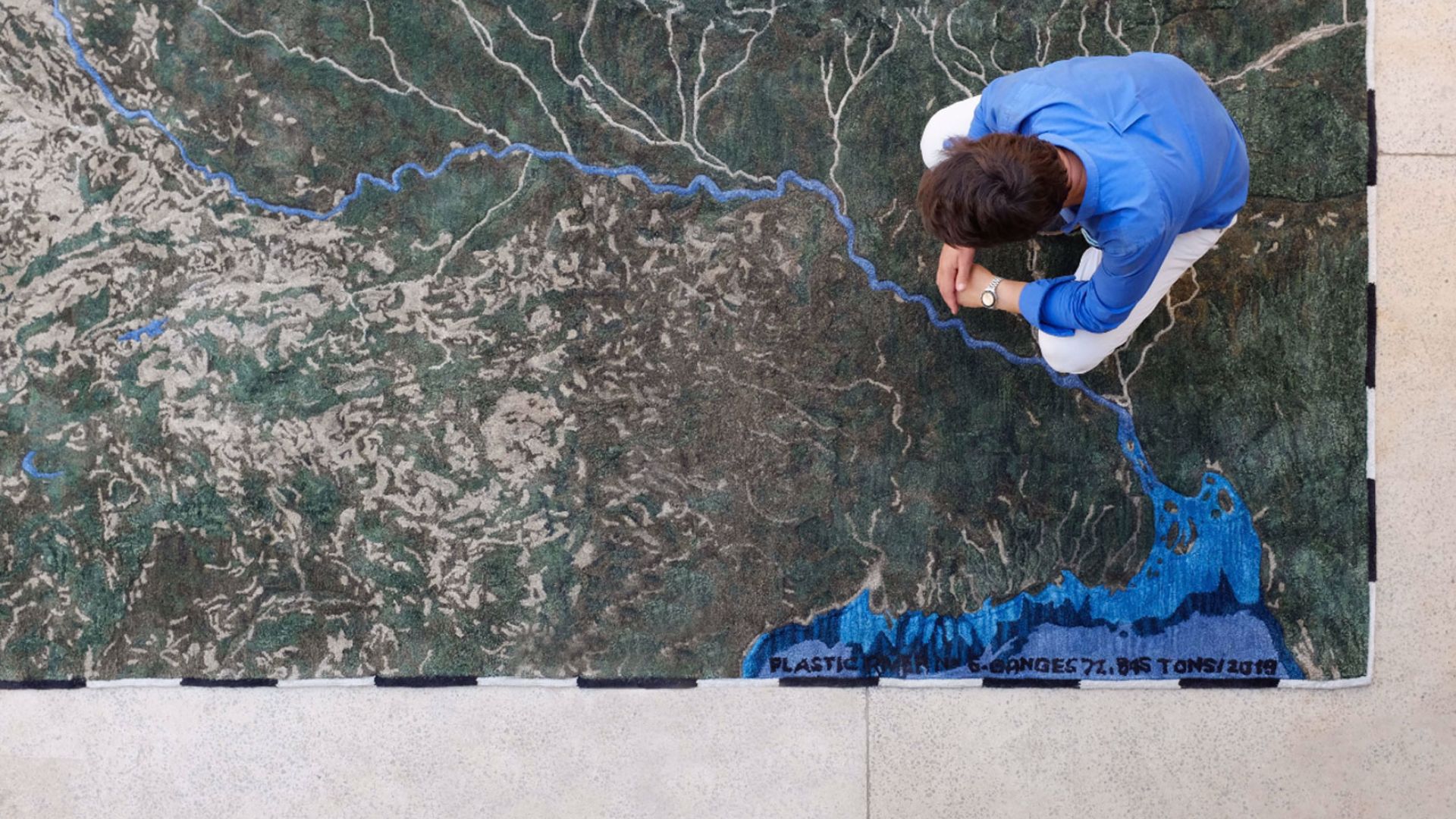Products without distractions: the power of essential design
Octavio Asensio’s journey into the world of design reflects a seamless blend of curiosity, craftsmanship, and a deep respect for simplicity.

Some products communicate their essence immediately, without the need for lengthy explanations. Through their lines, colors, materials, and proportions, they express a clear identity, even when they belong to familiar and widely recognized product categories. Yet, these designs manage to stand out, offering something more. This is precisely the strength of Octavio Asensio’s approach, and I had the pleasure of interviewing him to better understand his perspective.
Octavio is a designer who seamlessly balances teaching with hands-on design practice, crafting objects that are both simple and remarkably impactful. For him, teaching is an opportunity to refine concepts, distill principles, and return to the essence of design—something he communicates with great clarity. While fundamental ideas are often intuitive and straightforward, what sets a design apart is its execution: the ability to transform ideas into tangible objects, shaped through a thoughtful process that results in everyday products.

How did your career in the world of design begin?
Octavio Asensio:
“Since I was a child I have been curious about shapes and how objects worked. That led me to study an engineering degree in Industrial Design, I was fascinated to understand how everything around us is shaped, and it is something that continues to fascinate me today in each new design. After working in several design studios in Madrid, in 2017 I started to exhibit in the spaces for young designers in design fairs like SaloneSatellite in Milan, GreenHouse in Stockholm and Nude in Valencia with my own proposals while selling some products like my hook hangers and my 3D rex and that’s how my path began.”

What aspect of your experimentation process do you find most fascinating?
Octavio Asensio:
“The most fascinating aspect of my experimentation process is to find emotion in simple forms and materials. Experimenting in how it is constructed and with what materials is key for me: exploring textures, finishes and the figure that the object generates. I love playing with simple proportions and geometries from the drawing to the model, and discovering how a curve, a meeting or an angle can completely alter the visual and functional experience of the design.
Another point that interests me the most is experimenting with materials and fabrication processes and decontextualizing them. In this process, the magic moment is when a conceptual idea is translated into a tangible object that, despite its simplicity, evokes emotions and connects with people by telling a story.”

Your designs are minimalistic, yet they make a strikingly bold statement. What do you think gives them their strong communicative power?
Octavio Asensio:
“I believe that this communicative force lies in the clarity and intention behind each element of the object. By eliminating the superfluous, each line, shape, and texture acquires a specific purpose and a unique visual force. This generates an immediate impact because there are no distractions; the essential speaks more forcefully. I also believe that the simplicity and forcefulness of the forms creates a space for people to actively participate in the interpretation, which amplifies this emotional connection.
The encounters, the contrasts, the strategic use of negative space and the balanced composition contribute to seeing the object that seems simple, but is loaded with meaning. The design becomes honest. It is a perfect balance between simplicity and depth.”

What, in your view, defines good design, especially in the modern era with the rise of innovative materials and technologies?
Octavio Asensio:
“I believe that what defines good design today is, among other things, the ability to balance functionality, aesthetics and sustainability while meeting today’s needs. Good design lies in the process. The application of a methodology, where importance is given to the process, confers circular, well-designed products, from the story from which they start, to the story once beyond their useful life. For me beauty remains essential in the modern era, this translates into new ways of beauty and seeing the world.
Aesthetics can include cultural references, integration and new values, for example the choice of recyclable materials, responsible production processes and modular designs that encourage reuse, durability and repairability. For something to be design, there must be a process that combines technology and creativity with an eye toward the user and the planet.”

You divide your time between design practice and teaching. How do these two areas interact and influence one another?
Octavio Asensio:
“They enrich each other in a very significant way, teaching design forces me to clearly articulate design principles and processes. Explaining methodologies and concepts as well as materials and manufacturing systems to my students leads me to question them and explore new perspectives. In turn, the practice of design brings authenticity to my classes. Designing actively from my studio for different clients allows me to bring real and current examples into the classroom. This connects with students and gives them a more tangible and contemporary view of design.
In the classroom there is an exchange of ideas free of restrictions or conventions that are sometimes imposed by the client, allowing projects to be approached from new perspectives. This fosters creativity and innovation in the way today’s problems are faced. It also allows us to reflect on ethics, society and how design has a key impact on the world. It is constant feedback, which on a personal level offers me much more than it asks of me. It allows me to try out ideas, experiment and then take those experiences into real studio projects. It becomes a continuous cycle of learning, growing and improving.”






















